July 13th, 2021 – (Holon, Israel): Design Museum Holon unveils its newest and most ambitious fashion exhibition “The Ball” spanning the entire museum. Taking an innovative approach from Design Museum Holon’s previous fashion exhibitions, “The Ball” is a multi-sensory theatrical experience that combines fashion, sound, music, scenery, and lighting to showcase how dresses from the past resonate in today’s eveningwear design. The exhibition offers a dreamy experience full of fantasy, forging connections between the history of balls, Western fashion, and the current creations of Israel’s leading designers.
Maya Dvash, Chief Curator of Design Museum Holon on the process of devising this exhibition theme:
“When developing this theme, we wanted to go beyond the traditional fashion exhibition presentation and form a new language that allow the visitors to feel as if they are both spectators and participants. The immersive world we created in this exhibition engages visitors in such a way that they cannot remain indifferent. Throughout this rounded experience the exhibition raises questions concerning Israeli fashion, culture and society and the dialog they maintain with lavish ball dresses originating from Europe.
“The Ball” looks at past and present-day fashion, exploring the complexities woven into the longing for opulence and escapism. Throughout history, while balls were often reserved for the elite, fairytales provided a gateway into a world of imagination, overcoming social divides and barriers. Through a creative dialogue between the fantastic and the real, the exhibition invites visitors to explore the role of fashion and escapism in everyday life.
“Currently, Israel is home to hundreds of bridal and evening-wear designers who garner international success, and no less than one-quarter of the designers participating in the New York Bridal Fashion Week are Israeli. While Israeli style is synonymous with simple, comfortable, everyday clothes, the local fashion industry has embraced ball gowns as one of its primary products. The impressive reach of Israel’s evening-wear industry reflects a local sensibility centered on love, and perhaps also a deep and powerful need for celebrations and parties, as an escape fromeveryday life, placing significant importance on celebrating the moment,” says fashion historian and curator Ya’ara Keydar, the exhibition’s curator.
Keydar continues: “The exhibition ‘The Ball’ is dedicated to fashion’s ability to transport us into a magical world in which anything is possible, if only for one night. Dreams are accessible to us all, together with the hope for a happy ending.”
The exhibition displays approximately 120 ball gowns representing both historical and contemporary designs, which feature luxurious materials alongside surprisingly recognizable ones. In addition to the gowns, the exhibition showcases approximately 50 accessories created especially for the exhibition by Israel’s leading designers, including a display of glass Cinderella slippers printed in 3D, and a collection of hats inspired by desserts.
Lower Gallery
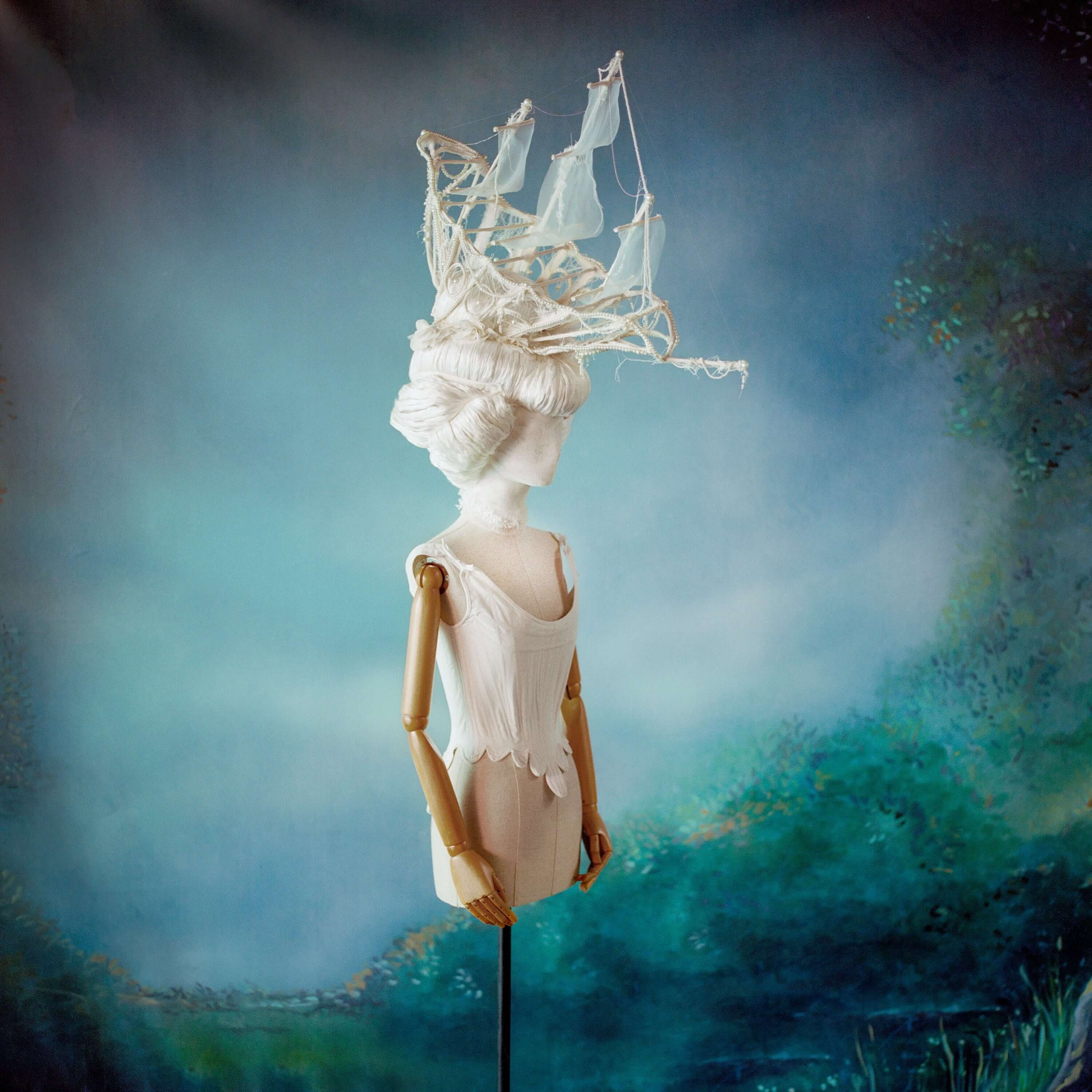
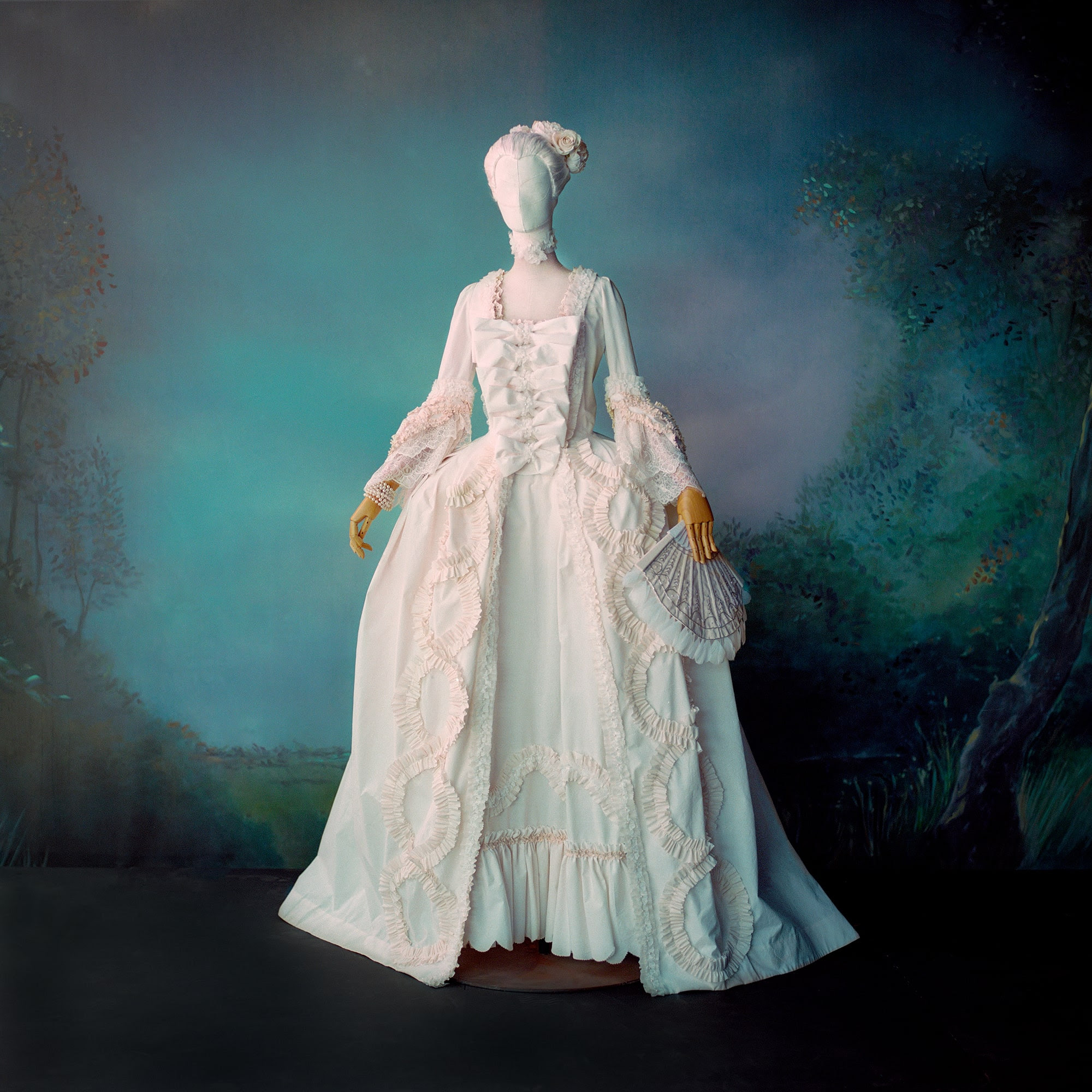
Image credits: Stays (boned bodice) with removable wooden busk (left) and Robe à la Française (right), designer: Moni Mednik; mannequin sculpting: Victor Vivi Bellaish; headpiece design: Ruth Philosoph, photo: Michal Chelbin
The Lower Gallery “Re-sewing the History of the Ball” features specially-made historical reconstructions created from off-white cotton muslin by designer and senior lecturer at Shenkar College of Engineering, Design and Art, Moni Mednik. These historically-accurate reconstructions demonstrate the dramatic changes in the design of ball gowns and eveningwear from the 18th century to the 1980s. This gallery offers a glimpse to the more elusive layers of garments – from corsets to crinolines – those that women were required to wear in order to be fashionable – while also featuring periods when they were liberated from them. This timeline reveals the way meanings of “plenitude” in Western fashion have shifted over time, along with questions concerning exclusion, identity, belonging and more.
Upper Gallery

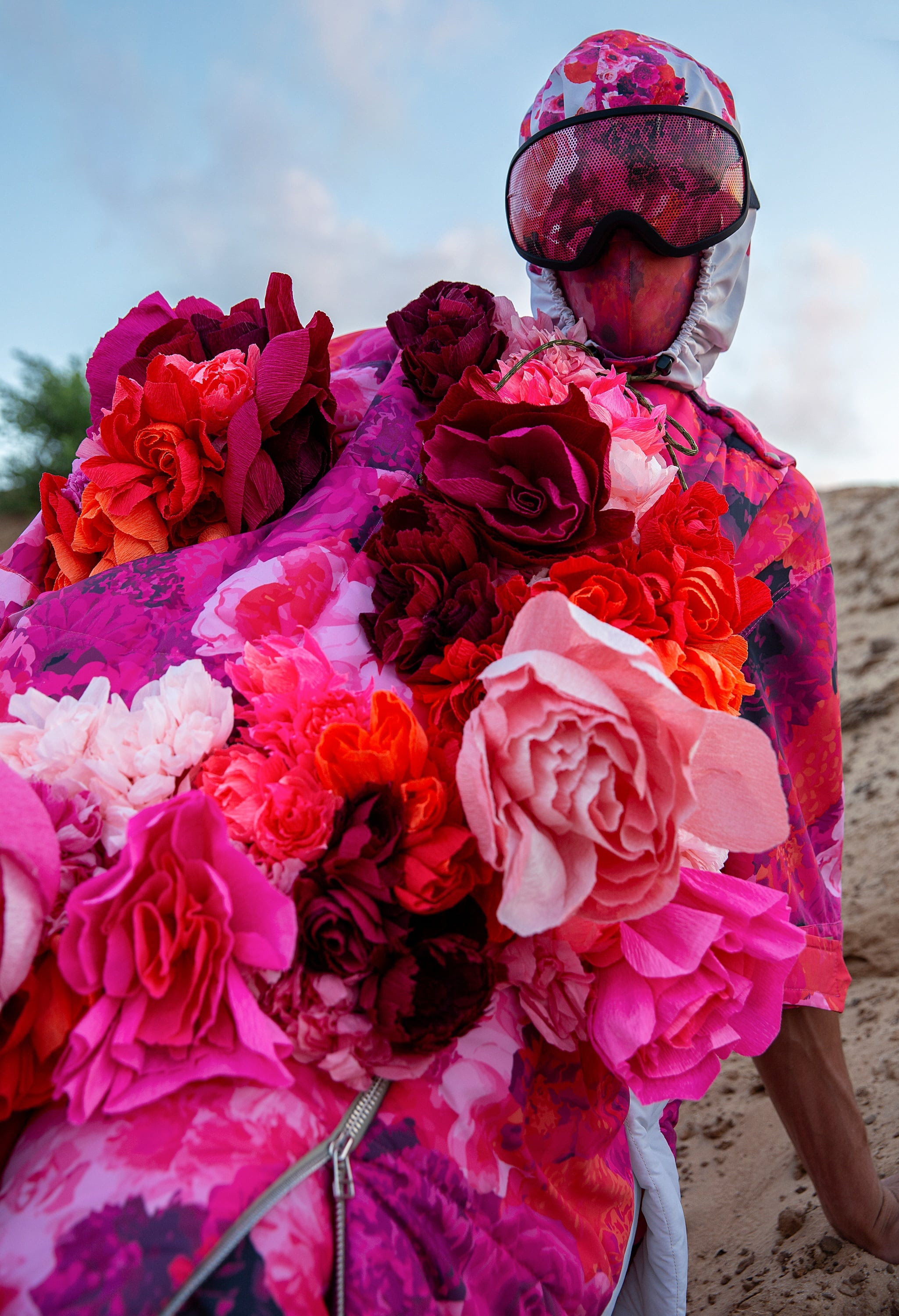
Image credits (left to right): My Jewish Wedding, designer: Tal Medina, photo: Raphael Delouya; Bulletproof, designer: Lia Fattal, photo: Omri Rosengart
Modern Ball: Israeli “Couture” in the Upper Gallery offers a look into Israel’s evening-wear industry. The display features vividly colored dresses designed by Alon Livne, which were worn by Lady Gaga and Katy Perry; a dress sewn from 15,000 old Israeli coins, designed by Shai Shalom; Ninet Tayeb’s wedding dress, designed by Victor Vivi Bellaish and Gadi Elimelech; colorful tulle dresses designed by Shahar Avnet; a digitally printed wedding dress designed by Lihi Hod; and printed by Kornit Digital; and a modest, ultra-Orthodox gown by Brurya Haritan. Some of the ball gowns on display intentionally disregard functional and commercial considerations, teetering on the line between fashion and art.
The exhibition also features two projects by Orwa Shareef, whose work combines extraordinary imagination and creativity with optimistic messages. The first is Cinderella’s Story Veil – an ultra-long veil with embroidery related to the fairytale. The second project is a gown designed by Shareef for a bridal ball, a traditional event in Arab cultures. The dress has the Arabic words Al-hubb deeni (Love is my religion) woven across the train, reflecting the liberal spirit of the bride’s family towards religion.
Peripheral Corridor

Image credits (left to right): 3D printed Cinderella slipper, 3D modeling: Assaf Reeb, photo: Michal Chelbin
The Peripheral Corridor features “Heart of Glass: A Journey in the Footsteps of Cinderella’s Shoes.” This exhibition traces the cultural incarnations of Cinderella’s slipper from ninth-century China to futuristic thoughts about the princess in both feminine and masculine forms, using 3D-printed models. Placing the models on a timeline presents a history of the imagination – of what Cinderella possibly looked like in the minds of children and adults during different time periods.
The modeling of the shoes in 3D was executed by the Assaf Reeb. The printing of the shoes was made possible thanks to the sponsorship of the global 3D printing company Formlabs, and with the support of Systematics Israel.
The brief reference to Cinderella’s ball gown in the tale of Cinderella symbolizes the split second in which everything seems possible. Inspired by this metaphor, Idit Barak, a designer and senior lecturer at Shenkar College of Engineering and Design, explores the relationship between fashion and technology — looking towards the future while reencountering the past. In her work “11:59 PM,” Barak uses 10,000 meters of fiber optics to create thousands of light specks glimmering in the darkness of the Margalit Gallery and coming together to form the silhouette of an opulent ball gown. In this work, Barak freezes the fleeting moment just before everything dissolves, prolonging the optimism and naiveté of the magical tale before the clock strikes midnight.
Design Lab
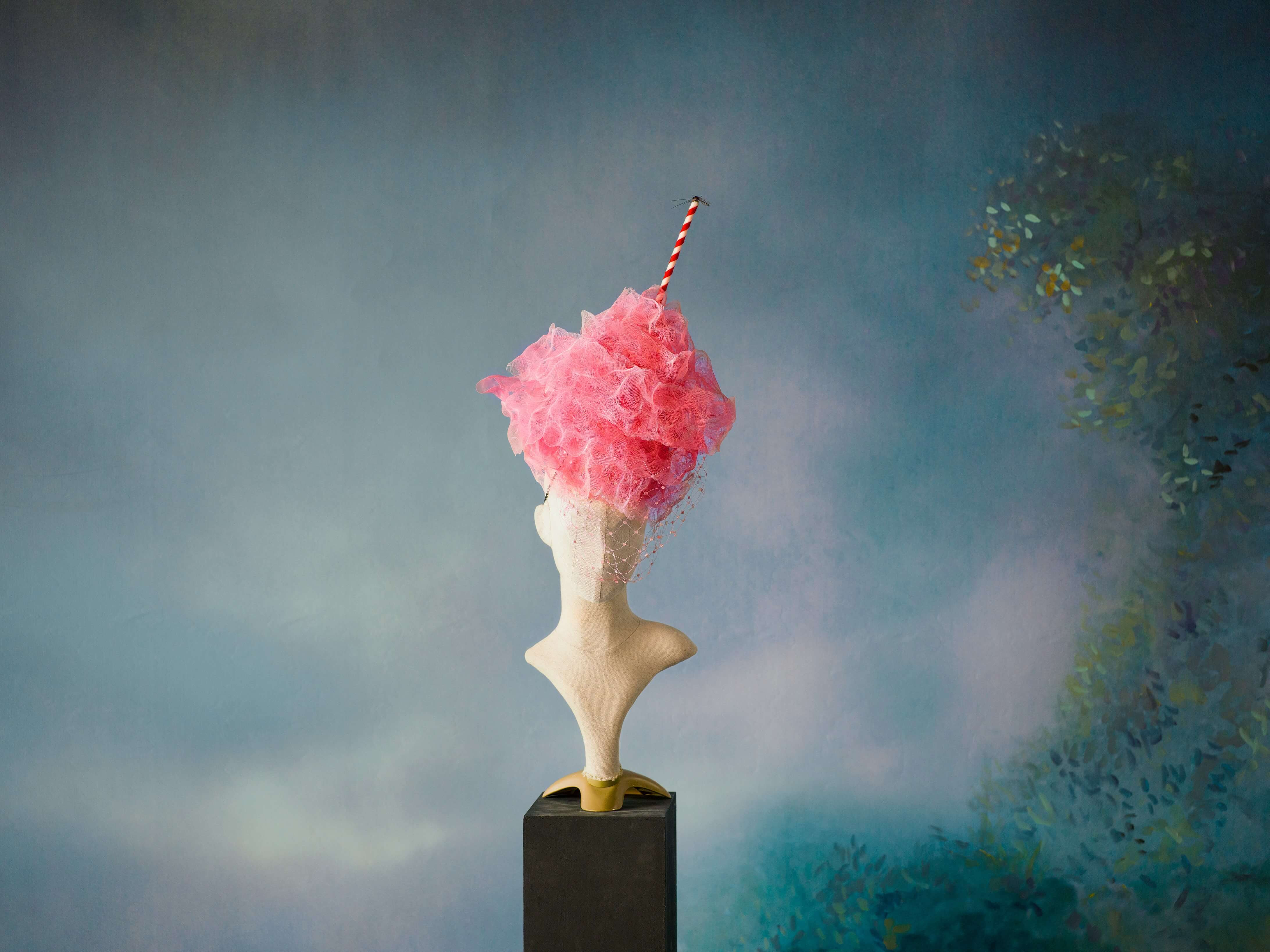
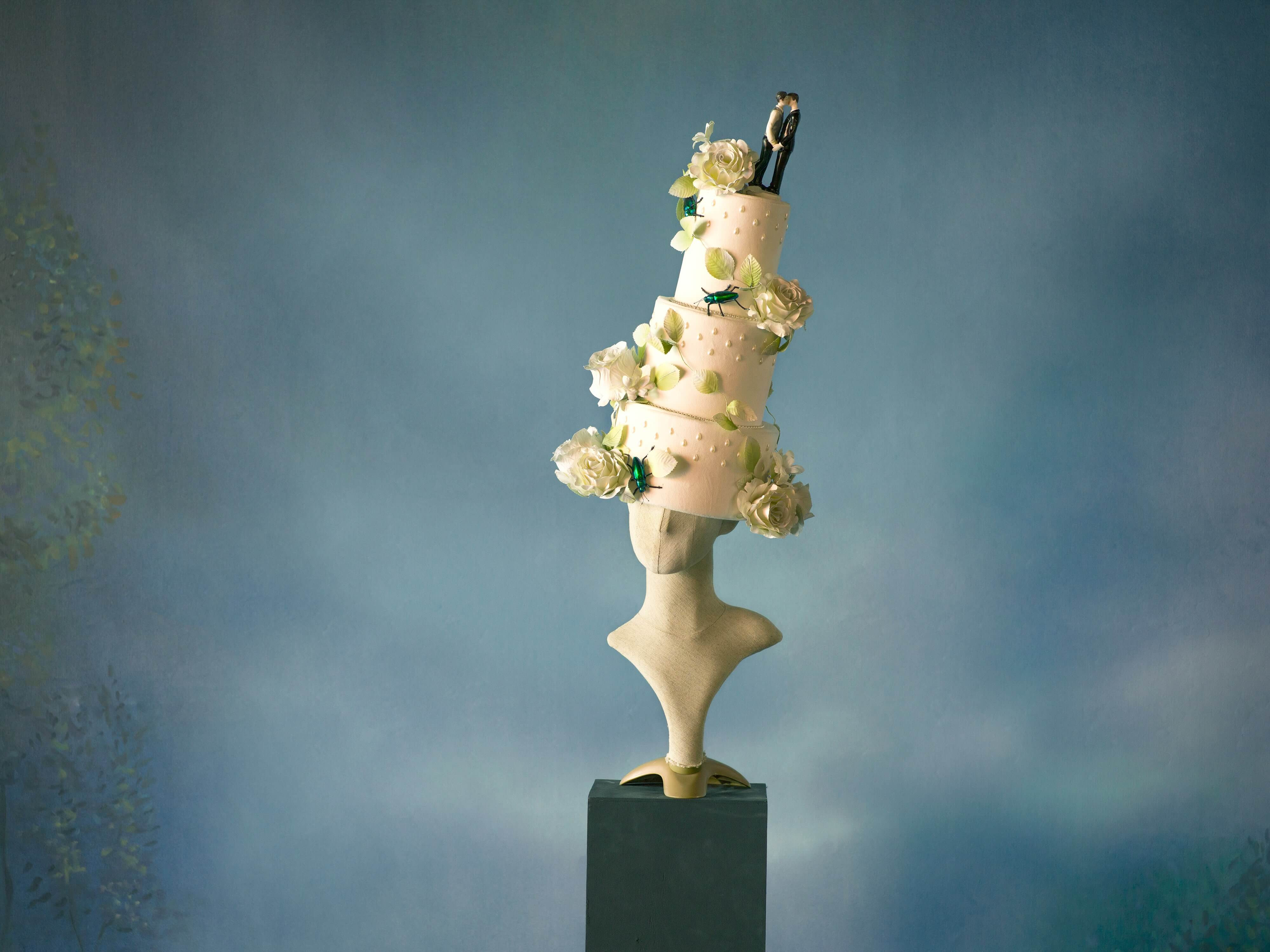
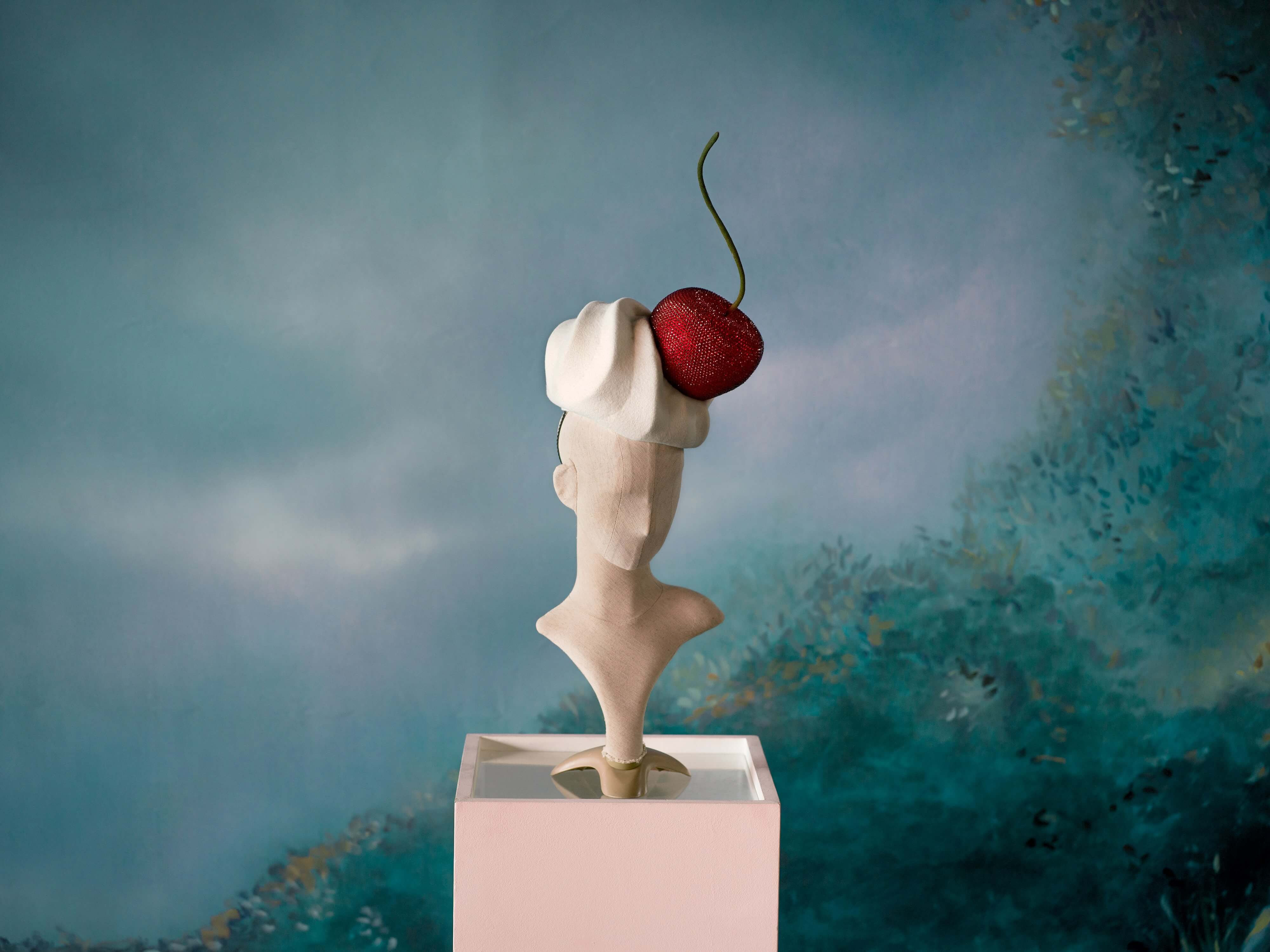
Image credits: Cotton Candy Hat (left), Wedding Cake Hat (middle), and The Cherry on Top Hat, designer: Maor Zabar, photo: Michal Chelbin
As the exhibition’s final part, “The Whipped-Cream Room and the Mad Hatter” features the work of the milliner Maor Zabar and the pastry chef Alon Shabo. The display centers on a 12-foot-high “cake,” on which dessert-inspired hats are displayed alongside sculptures of macaroon towers, wedding cakes, multitiered cakes and cookies, all handmade from 500 pounds of sugar, almond powder, cement, and Styrofoam.

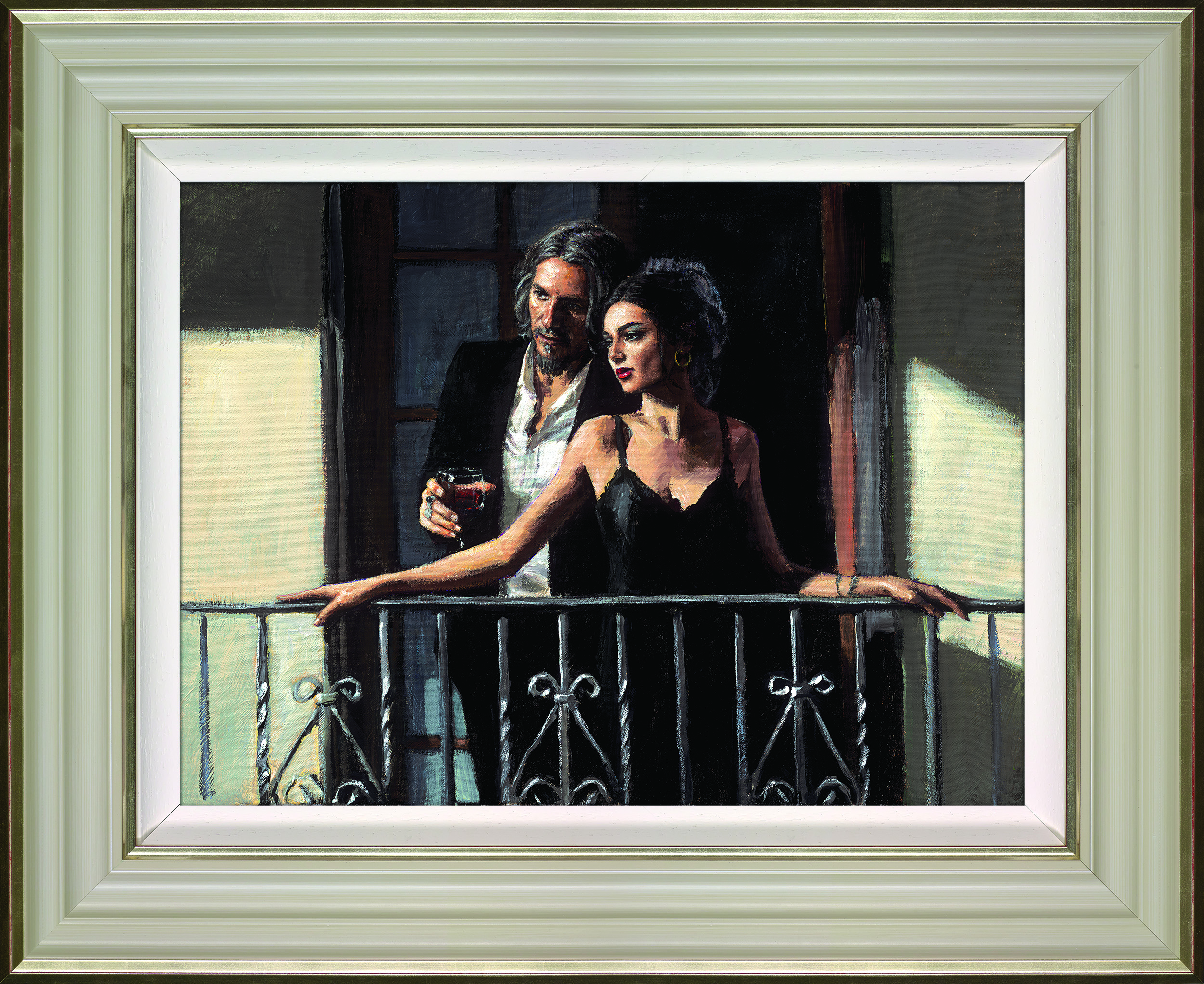

 Saving...
Saving...